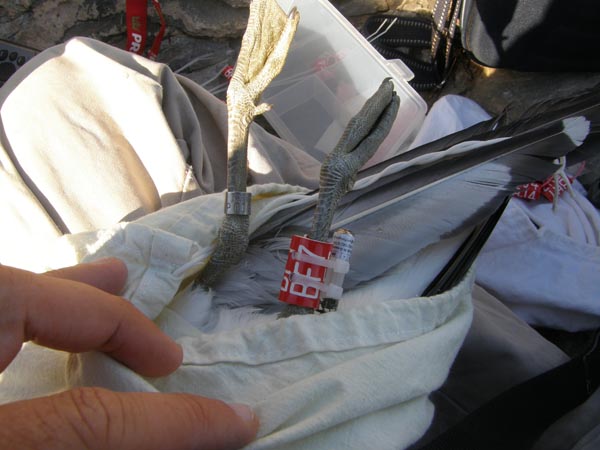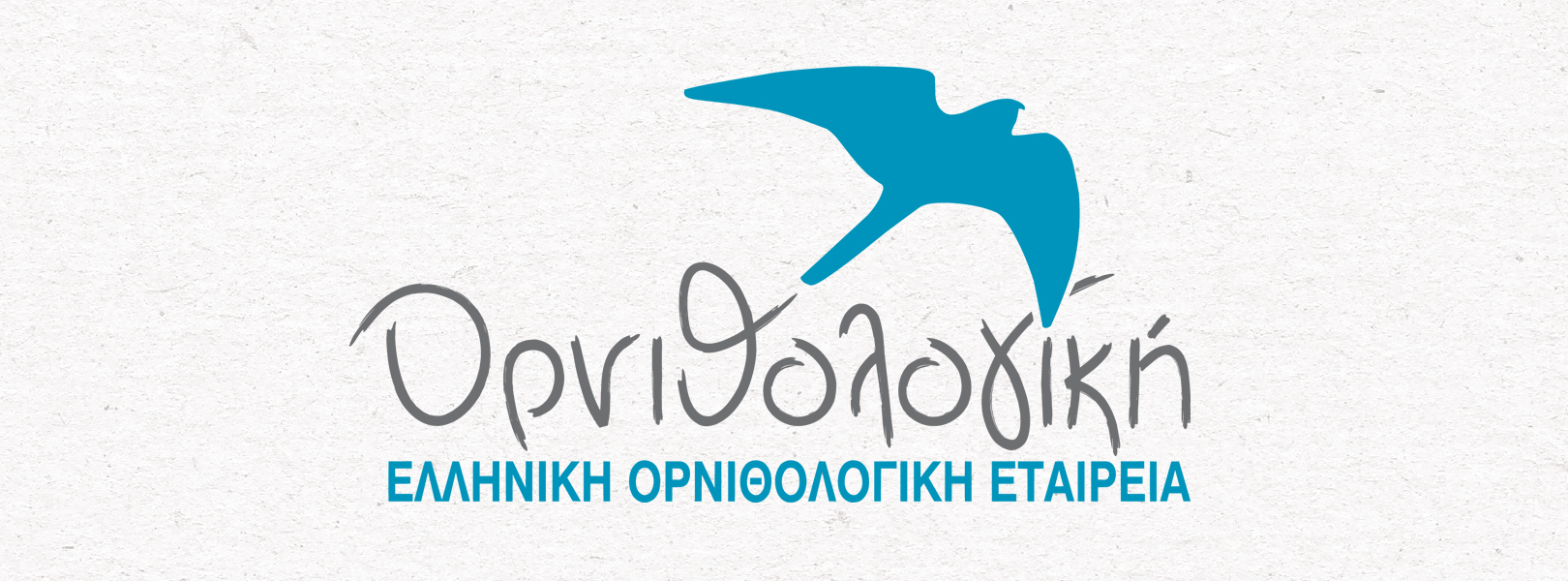During this last spring, within the LIFE project framework (2009-2012), HOS fieldwork teams completed the second national Audouin’s Gull(Larus audouinii) population census. This second census, which has covered 90% of the national population, takes place 10 years after the first census, then completed within the framework of another LIFE project entirely targeted on the species.
When taking into account the huge amount of kilometres and small islets that need to be covered in such a short period of time, the amount of effort needed to complete this action becomes evident. To make things even more difficult, this species has a habit of changing breeding colony sites from year to year! Therefore, every single islet around each island must be surveyed, especially after showing in the past few years a tendency to split into even smaller colonies.
A quick glance at the data from the two censuses shows that although the species occupies approximately the same breeding sites, the numbers have decreased considerably. The causes of this decrease and its actual magnitude are still to be clarified and we must wait until the end of the project before drawing any final conclusions.
This year, for second time in a row within the LIFE project framework, the identification and monitoring of the species foraging areas was completed by means of telemetry. During the incubation period, several adults were tagged with transmitters in the N. Dodecanese and Skyros. The data collected corroborate our observations, namely that Audouin’s Gull feed mainly close to the coast and to their breeding colonies.





